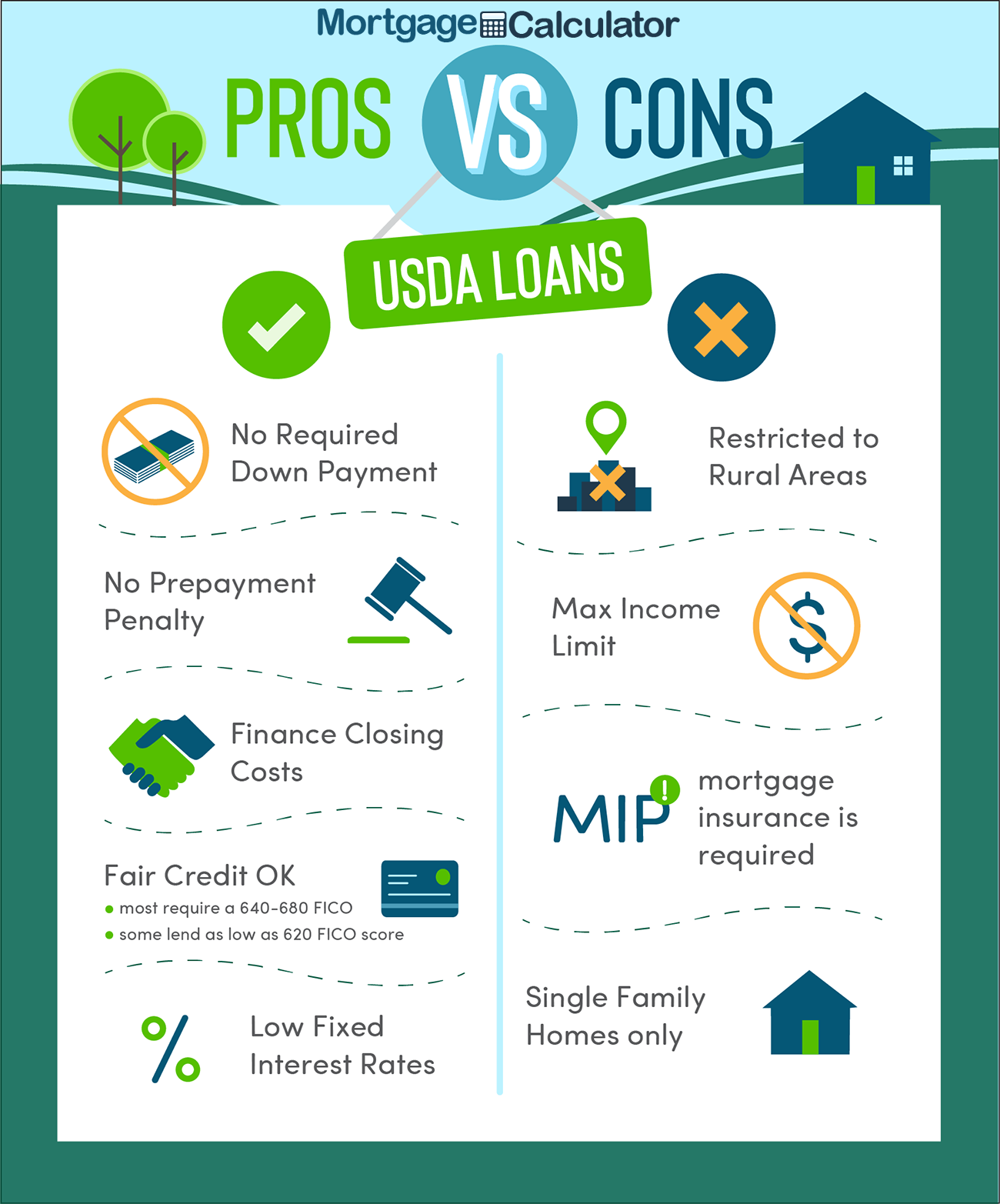Conventional Mortgage Loans: The Preferred Choice for Homebuyers
Conventional Mortgage Loans: The Preferred Choice for Homebuyers
Blog Article
The Vital Aspects to Think About When Finding Between Fixed-Rate and Adjustable-Rate Home Loan Car Loans
When evaluating home loan alternatives, debtors encounter a pivotal decision between adjustable-rate and fixed-rate fundings, each providing potential mistakes and unique advantages. Trick considerations such as passion price stability, predictability in monthly payments, and the implications of possible rate adjustments can considerably influence lasting monetary wellness.
Passion Price Security
When picking a mortgage, understanding rate of interest price security is crucial for informed decision-making. Rate of interest prices can dramatically impact the overall expense of a home mortgage, and identifying the nature of these rates is vital for debtors.
On the various other hand, variable-rate mortgages (ARMs) begin with lower preliminary prices that might alter occasionally based on market conditions. While this can cause reduced repayments originally, it also introduces uncertainty, as customers may deal with boosted settlements if passion rates rise. For those thinking about an ARM, it is crucial to evaluate the probability of rate modifications, the potential for payment increases, and the size of the first fixed-rate duration.
Inevitably, the option between fixed-rate and adjustable-rate home mortgages depends upon private danger tolerance and financial circumstances. Understanding passion price stability helps borrowers make educated choices that line up with their long-term economic objectives.
Regular Monthly Payment Predictability
While consumers usually focus on rate of interest stability, the predictability of month-to-month settlements is similarly important in the home mortgage option procedure (Conventional mortgage loans). Month-to-month settlement predictability plays an essential duty in budgeting and economic preparation, as it directly affects a property owner's capital and total economic health
Fixed-rate home mortgages use a consistent month-to-month payment throughout the life of the car loan, allowing debtors to anticipate and prepare their expenses properly. This stability can be specifically beneficial for first-time property buyers or those on a set earnings, as it removes the uncertainty linked with varying repayments.
Conversely, adjustable-rate home loans (ARMs) typically feature lower initial repayments that can transform gradually, leading to prospective irregularity in monthly obligations. While at first enticing, this unpredictability can complicate monetary preparation, specifically if customers do not represent future price changes.
Potential Rate Modifications
In the world of variable-rate mortgages (ARMs), potential rate modifications represent a substantial factor that customers need to meticulously take into consideration. Unlike fixed-rate mortgages, where the interest rate remains unchanged for the life of the finance, ARMs are identified by rising and fall rate of interest that are tied to market indices. This variability can lead to substantial changes in monthly payments, impacting the borrower's financial planning and budgeting.
Borrowers have to be conscious of the margin and index used to compute these modifications, as they directly influence future passion rates. Additionally, ARMs often consist of caps that limit exactly how much the passion rate can raise at each modification and over the life of the lending, which can give some level of defense against radical rate walkings.
Understanding these possible changes is vital for debtors, as they directly impact long-term repayment commitments. As a result, assessing individual financial scenarios and risk resistance is necessary when choosing whether an ARM straightens with one's monetary objectives.
Lending Term Factors To Consider
Funding term factors to consider play an essential function in the decision-making process for customers selecting between fixed-rate and adjustable-rate mortgages. The size of the financing term significantly influences month-to-month repayments, rate of interest rates, and overall financial preparation.

Inevitably, borrowers should analyze their personal conditions, economic objectives, and market conditions when evaluating the effects of financing term selections within each home mortgage type.

Total Cost of Borrowing
Fixed-rate home mortgages provide foreseeable month-to-month settlements, as the interest rate stays continuous throughout the finance term. This predictability can lead to reduced general prices, particularly in a steady or decreasing rate of interest rate environment.
Conversely, adjustable-rate home mortgages (ARMs) typically start with lower preliminary rates, causing decreased upfront costs. However, these prices can raise after a first period, resulting in potentially greater lasting prices. Customers should think about the regularity and extent of price adjustments, as well as the total funding duration, to properly examine the monetary effects.
Moreover, the general expense of loaning incorporates not only interest rates but likewise fees and various other connected prices, such as shutting expenses and insurance policy (Conventional mortgage loans). Consequently, when assessing home mortgage alternatives, customers should carry out a complete expense analysis over the life of the funding. By doing so, they can make an informed choice that aligns with their financial goals and take the chance of tolerance
Conclusion
Passion rate security and regular monthly repayment predictability are paramount for efficient budgeting, while the capacity for rate modifications in ARMs presents financial unpredictability. Furthermore, the anticipated period of homeownership and the general cost of loaning, including rate of interest rates and connected fees, need to align with private monetary situations and risk tolerance.
Key considerations such as interest price security, predictability in month-to-month payments, and the implications of possible price modifications can dramatically affect long-term financial health and wellness. Rate of interest prices can substantially impact the general expense of a mortgage, and recognizing the nature of these rates is essential for debtors. Unlike fixed-rate home mortgages, see post where the passion rate remains unchanged for the life of the funding, ARMs are characterized by changing interest rates that check my site are linked to market indices. Additionally, ARMs often consist of caps that restrict exactly how a lot the rate of interest price can enhance at each modification and over the life of the lending, which can provide some degree of protection against radical price walks.
Rate of interest rate stability and monthly payment predictability are critical for reliable budgeting, while the possibility for rate adjustments in ARMs presents economic unpredictability.
Report this page